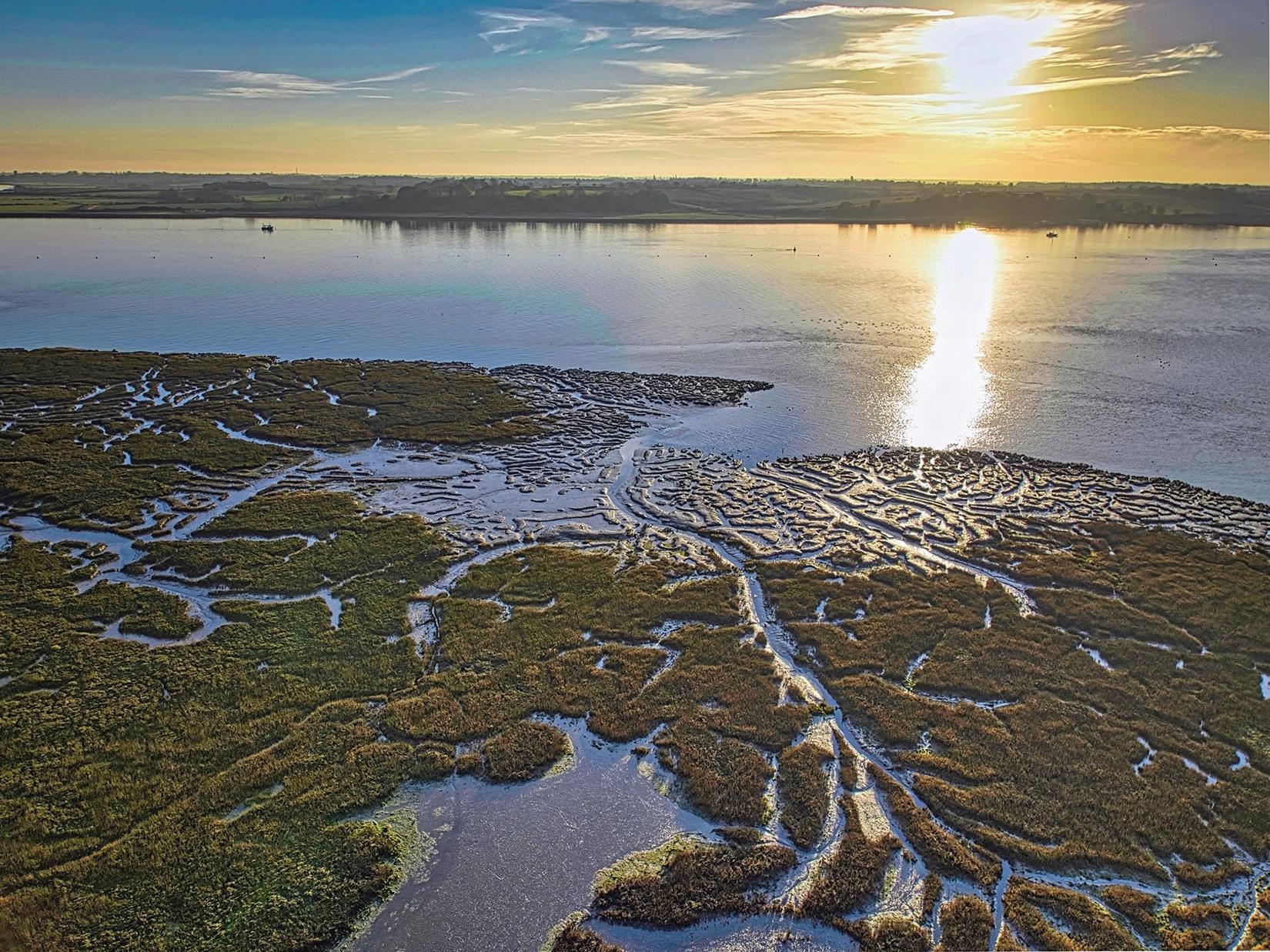
2 minute read
WOTUS R ules Wind Through the Courts
By Ken Mcentee
Almost three months after the Biden administration announced its final rule defining “Waters of the United States (WOTUS)” and how and which waters will be regulated by the federal government, a federal court in March blocked implementation of the rule in Texas and Idaho. However, Judge Jeffrey Brown, U.S. District Court, Southern Texas District, denied a nationwide injunction that was requested by 18 trade associations who were co-plaintiffs in a suit filed by Texas and later joined by Idaho.
The ruling came the day before the rule went into effect in the remaining 48 states. Separate suits that seek injunctions in other states remained open as of the time this article was written. Meanwhile, the U.S. Supreme Court is expected to rule on a current case — Sackett v. EPA — this summer. The Supreme Court ruling could make the other lawsuits moot, said Margaret Byfield, executive director of American Stewards for Liberty (ASL), in Georgetown, Texas.
“If that decision comes out and it’s favorable to our position, which is less regulation, then that is going to trump all of this,” Byfield said. “The Supreme Court basically could wipe out the Biden rules. It could stop all of these other cases. There are a lot of pieces to the puzzle.”
Sackett, which was argued in October by the Pacific Legal Foundation (PLF), Sacramento, California, aims to clarify what constitutes navigable water and, thus, the scope of federal power over private property under the federal Clean Water Act (CWA), PLF said. The plaintiffs are Chantell and Mike Sackett, an Idaho couple who the U.S. EPA prohibited from building a home on their land after they obtained the necessary local permits.
EPA claimed the Sacketts’ construction violated the CWA because their property was a federally regulated “navigable water” over which the agency had legal authority. EPA claimed the Sacketts were unlawfully discharging fill dirt onto their land, which the agency claimed as federally protected wetlands. EPA threatened the couple with fines of tens of thousands of dollars per day if they continued to develop the property.
While the Sacketts disputed the claim, EPA provided them with no proof of any violation and no opportunity to contest its claims, PLF said. The case is now before the Supreme Court for the second time. For landowners, the WOTUS battle with the federal government—specifically EPA and the U.S. Army Corps of Engineers—has been going on since the Obama administration.
“Successive presidential administrations have failed to craft a regulatory definition of ‘navigable waters’ that satisfies the requirements of the Clean Water Act and survives judicial review,” said Charles Yates, PLF attorney. “[The Biden administration’s] final rule represents the fourth time since 2015 that the EPA and the Army Corps have attempted to define that phrase.”
The Latest “Final Rule”
EPA and the Army announced their “final rule” establishing a new definition of “waters of the United States” on December 30, 2022.
“The final rule restores essential water protections that were in place prior to 2015 under the Clean Water Act for traditional navigable waters, the territorial seas, and interstate waters as well as upstream water resources that significantly affect those waters,” EPA said.
The Clean Water Act says that the federal government can regulate navigable waters, and through this rule they’ve basically extended that definition to reach far inland. The way they have written [the rule], their definition is so vague that it gives federal agencies the ability to subjectively determine what a navigable water is and what applies under this rule.
“
The rule gives the federal government more control over private property than a rule implemented during the Trump administration’s, but is not quite as overreaching as the Obama administration’s rule that preceded the Trump rule, Byfield said.


